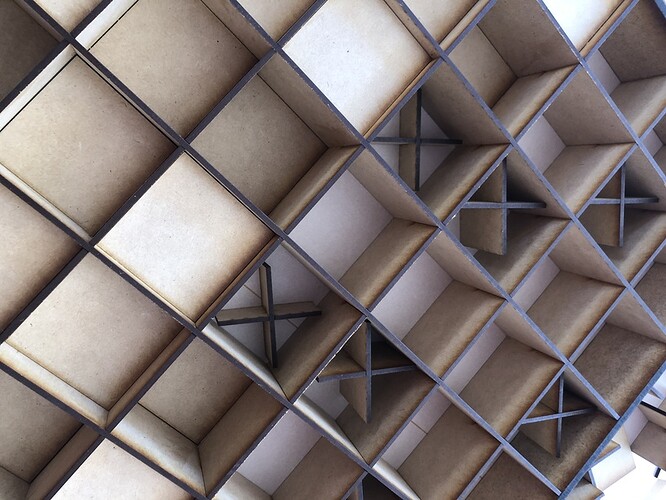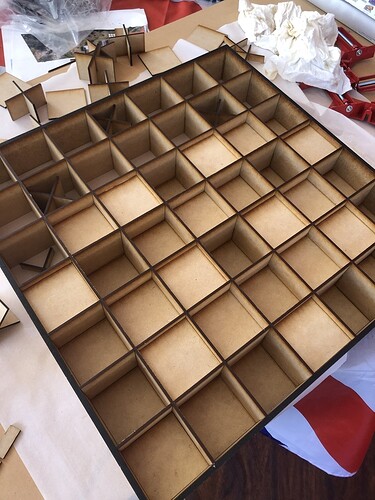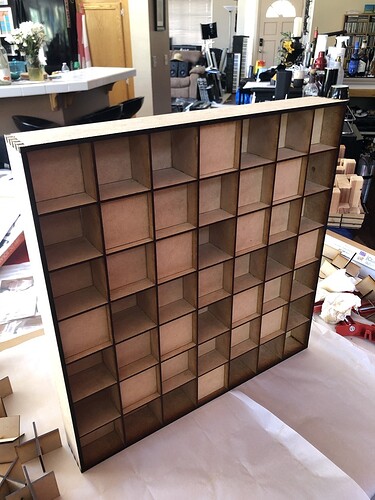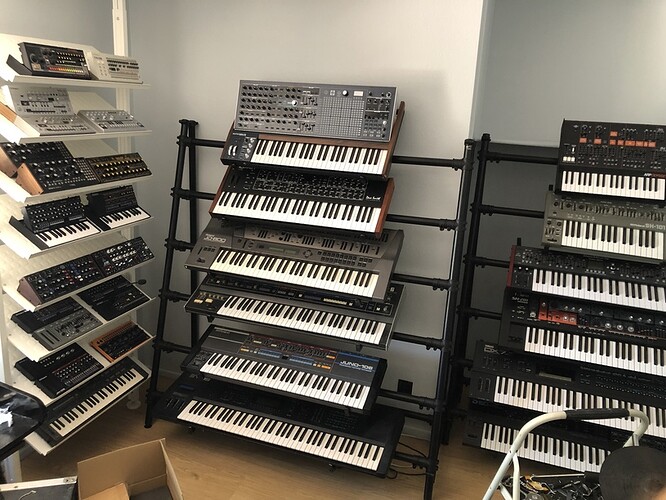I’m in the throes of rebuilding my recording studio, and whilst there’s not a whole heap of ways a Glowforge can help, I have found one major way that’s helping the GF almost pay for itself!
Bamboo sonic diffusers often form part of the acoustic treatment (not to be confused with sound-proofing) and usually run at about $350 each minimum.
I had a brainwave, figuring that for the purposes of diffusing sound, the material isn’t as important as the ultimate shape. After a little time in Illustrator, I had my plans 19" x 19" diffusers, and I set about burning away on 1/4" MDF for the edges, and 1/8th’ MDF for the lattice work and the squares to refract sound at the algorithmically accurate heights.
Thinking ahead, I also cut spacers for the different heights I’d need the squares to be. Simply glued with nothing more space-aged than PVA.
I’d initially expected to Shellac the MDF and paint each piece with a small roller, but in the end embraced the burn marks (due to not bothering to use an adhesive covering) to celebrate the DIY nature of the finished articles.
Test-run with the spacers, ensuring I had accommodated the kerf appropriately.
Using corner clamps while gluing the edges together.
Spacers loosely dropped in the bottom of cells to ensure I didn’t mess up the heights of each panel.
Just placing PVA glue around the edges of the uniform squares and dropping them into place. Obviously some glue comes off as they slide into position, but nothing that a damp cloth can’t eliminate.
The finished article…now to make at least seven more! Individual cost of parts, maybe $13.
Ultimately they will adorn the top of these walls that face my monitor speakers.






